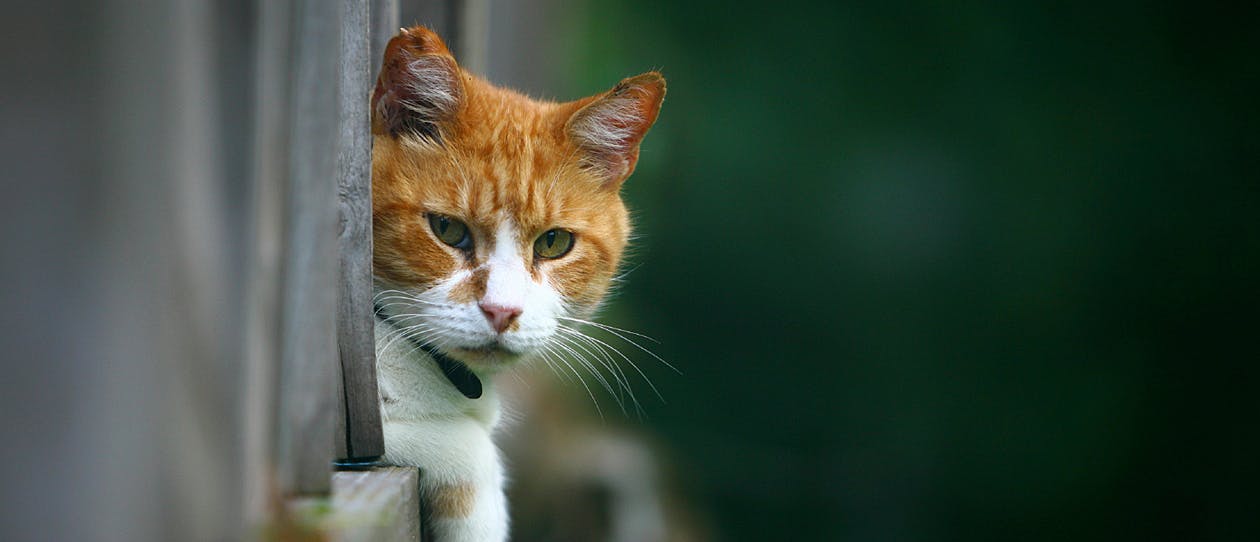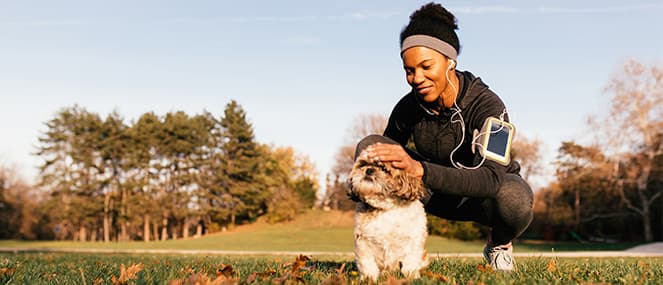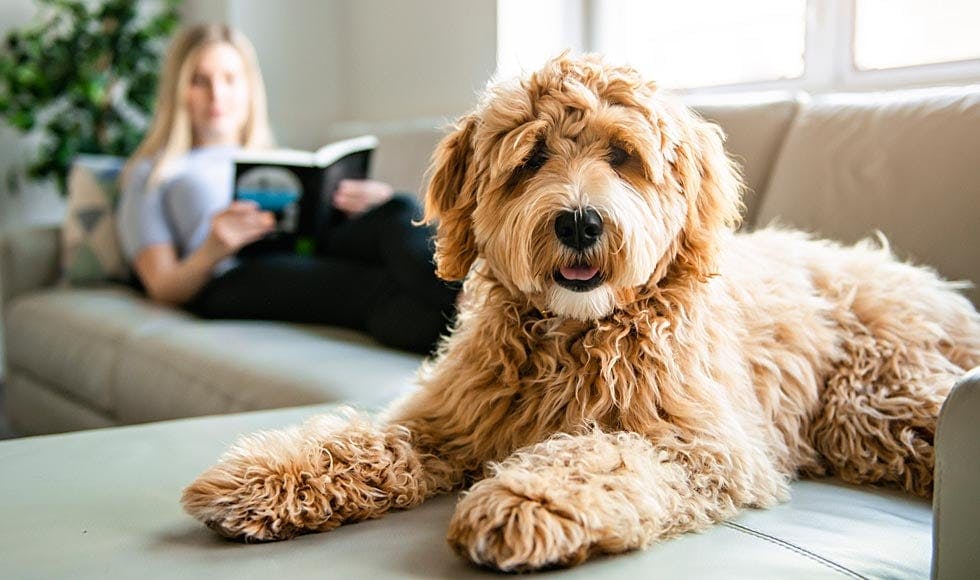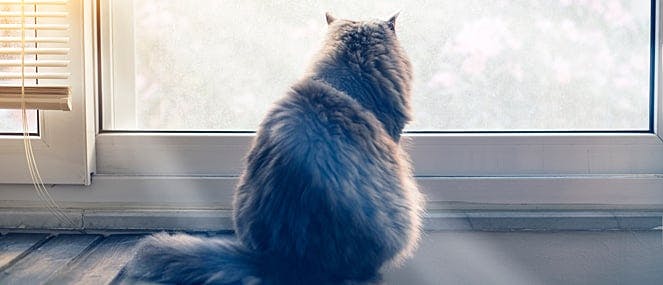
- A Guide To Perfect Your Pet's Health/
- Joint & Arthritis Management For Your Pet/
- Keeping Your Senior Cat Healthy and Happy


How old is your cat? Did you know that cats are considered elderly from around 7 years of age? Just like humans, with age comes special requirements to ensure quality of life and comfortable retirement years.
It is important to be observant of your cat’s daily habits and if you notice any signs of sickness, pain or behavioural changes, seek veterinary advice immediately as with regular veterinary check-ups many diseases associated with aging can be diagnosed early.
Each cat, is different and will display different symptoms of aging, however, here are some common things to watch out for:
- Slowing down and sleeping more than usual.
- Reduced hearing and loss of vision.
- Difficulty grooming and a diminished coat appearance.
- Difficulty going up or down the stairs, jumping up or down from favourite perches.
- Reluctance to play.
How To Keep Your Senior Cat Healthy
You should also conduct a regular nose to toes check-up and feel for abnormal lumps or bumps, and evaluate condition of the gums, teeth, coat and skin.
WATCH: Dr Al perform a nose to toes check on his cat Bob
- Regular Grooming Routine
It’s important to keep up a regular grooming routine that includes daily brushing of their coat. This will help to remove loose hairs, preventing them from being swallowed and forming hair balls. - Good Daily Nutrition
Provide your cat with good nutrition every day as many cats tend to gain weight as they age. You should consult with your veterinarian about the best diet most suitable for your cat’s specific needs. - Watch their weight
It is as important for them as it is for ourselves! Keep a regular record of your cat’s weight and notify your veterinarian of any significant changes, as gradual weight loss can be a symptom of a more serious medical condition. - Exercise is important
Not only for weight control but overall health and wellbeing. Regular play time can promote muscle tone, increase blood circulation, and help reduce weight in cats that are too heavy. During times of exercise and play, keep an eye out if your cat appears to have difficulty breathing or becomes tired in a short period of time. - Watch out for signs of Osteoarthritis
Osteoarthritis in cats is relatively common but many of us do not recognise the symptoms as cats simply seem to slow down. Signs to look out for include behavioural changes, an inability to jump and play, difficulty using the litter tray, becoming stiff after resting, reduced mobility, difficulty grooming and poor coat condition.
If you cat is diagnosed with Osteoarthritis, weight management and pain management are 2 key steps in keeping them comfortable. For effective joint pain relief PAW Osteosupport® Joint Care Powder for Cats can be used in conjunction with any medication that your veterinarian may prescribe or as a stand-alone treatment. PAW Osteosupport® Joint Care Powder is a highly concentrated green-lipped mussel powder that includes Omega 3 fatty acids and essential joint nutrients required for cartilage production to aid joint care.
For more information about caring for your cat as they get older, consult with your veterinarian for the best advice.




